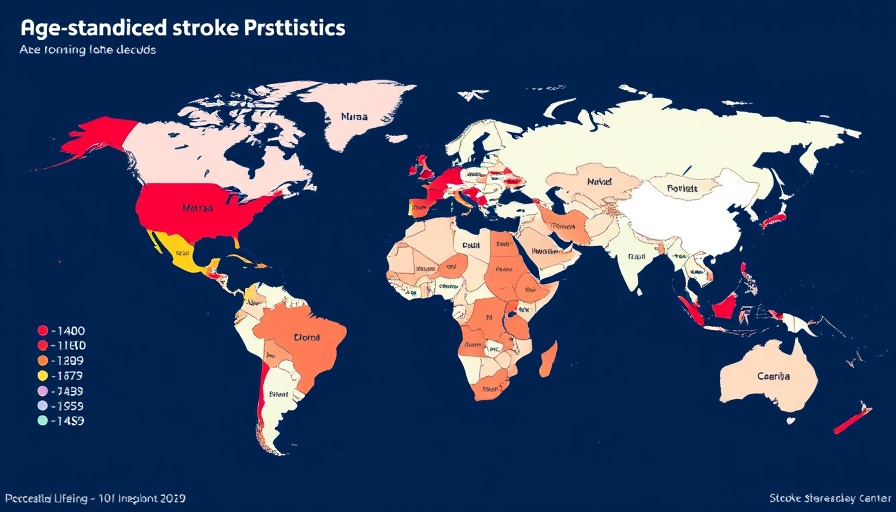
The Intricate Dance of Genes and Sun Exposure in Skin Aging
As we venture into the realm of skin aging and perceived age, an intricate interplay between genetic predispositions and environmental factors, notably sun exposure, emerges. This relationship has gained traction among researchers, as skin is not merely a barrier but a complex organ whose aging can signal broader health trends.
Understanding the Role of Genetics in Facial Aging
A recent groundbreaking study focused on identifying gene–sun exposure interactions has unveiled significant findings that not only enhance our understanding of perceived facial aging but also provide insight into actionable strategies for skin care and rejuvenation. By conducting a genome-wide association study (GWAS) on 226 women over a span of 12 years, researchers were able to correlate specific genetic variants with perceived aging features.
Key Genetic Variants Linked to Facial Aging Progression
The GWAS pinpointed four essential single nucleotide polymorphisms (SNPs) associated with facial aging: those located in the CGGBP1, PGM5-AS1, and CSMD1 genes. These variants play critical roles in DNA repair, cell junction integrity, and immune response, indicating that genetic factors significantly contribute to how our skin undergoes visible aging.
Decoding the Science: Beyond Genetics
In an innovative two-step approach, researchers proceeded to analyze interactions between 7,464 SNPs and sun exposure, yielding a significant signal from the VANGL1 gene, known for its involvement in the structural organization of cell membranes. This emphasizes the dual roles that both genetics and environment play in shaping the aging process, particularly given the influence of UV exposure on skin integrity and resilience.
Future Implications for Anti-Aging Strategies
The implications of these findings extend far beyond the laboratory. Understanding the molecular mechanisms underpinning skin aging allows for the development of tailored approaches in skincare, including potential innovations in anti-aging supplements and preventive treatments. As professionals and enthusiasts alike seek ways to enhance cellular rejuvenation through telomere research, the relationship between genetic variants and UV exposure presents numerous opportunities for breakthroughs in regenerative medicine.
Integrating Science into Daily Practice: A Toolkit for Wellness
It's vital for health-conscious individuals aged 30-55, who may be looking to biohack their way to enhanced vitality, to integrate insights from this research into their daily lives. Simple practices such as protecting skin from UV exposure, along with dietary supplements targeting telomere health, can be foundational in managing the aging process. Incorporating antioxidants, as well as substances that promote telomerase activation, may further support cellular rejuvenation.
Combatting Misconceptions: Telomeres and Aging
A common misconception is that aging is solely a result of time; however, recent studies show that telomere length and maintenance play crucial roles. By understanding that telomeres shorten with each cell division and that their health is impacted by both environmental factors and lifestyle choices, individuals can adopt proactive measures. From increasing physical activity to considering telomere supplements, informed decisions can significantly alter aging trajectories.
The Path Forward: Cultivating a Comprehensive Approach to Aging
The discourse on aging is evolving, emphasizing a multifaceted approach that intertwines genetics, lifestyle, and environmental awareness. The interaction between genes and sun exposure highlighted in this study not only sheds light on perceived aging but also prompts a reevaluation of current practices in skincare and health.
As exciting research continues to unfold, it is crucial to stay informed and agile in adapting our health guidelines accordingly. For those invested in longevity and vitality, remaining engaged with scientific advancements will prove invaluable.
 Add Row
Add Row  Add
Add 




Write A Comment